Warm mild weather and the emergence of more flies over the last week can only mean one thing – we are entering the risk period for summer mastitis. I heard it described once as “August bag”, but most farmers will tell you we can see it from May right up to October, if the flies are out. It typically affects dry cows and heifers, but I have treated bulls and even young calves with the condition before.
Summer mastitis is caused by a bacteria called trupella pyogenes, which is found in many abscess-like infections on our farms. When a quarter is affected, it often won’t recover or return to normal milk production and will end up permanently dry.
Because of the timing and the raised temperatures in cattle, abortions are associated with summer mastitis
Treatment becomes mostly about stopping the animal becoming sick. In some early cases, we have saved the quarter. This requires a huge amount of effort, TLC and, most importantly, the symptoms need to be spotted early and the teats vigorously stripped.
Because of the timing and the raised temperatures in cattle, abortions are associated with summer mastitis. Any time there is a raised temperature with an infection in cattle or sheep, there is an abortion risk.
Symptoms
Affected animals will often be on their own, lying down. When they move, they will be stiff and appear lame. On closer inspection, you might see one or two swollen quarters. Sometimes, you will see flies congregating on the quarters. When examined, they will often have a high temperature and will be hollow, as their appetite will have been reduced. When you strip the infected teats you will often see pus or blood with a foul smell. Essentially, the quarter has turned into an abscess.
While there can be a number of reasons for blind teats, subclinical summer mastitis can often be an underlying reason
Some farmers, who have heifers calving down with blind teats may also want to look at fly control. While there can be a number of reasons for blind teats, subclinical summer mastitis can often be an underlying reason. In these cases, the infection was present, the animals didn’t get sick, but damage was done to the milk-producing tissue in the teat.
The cause
While one bacteria is often blamed for summer mastitis, there can be a number of bacteria involved. However, it is flies that spread the bacteria and often lead to these infections starting. On teats where you have damage or trauma, the secretions from damaged tissue attracts flies. The headfly is often the main culprit. Flies likes sheltered or wooded areas. Typically, we see this fly from June or July onwards.
So, as flies spread this condition, it is important to consider fly control. We must also remember flies bother animals and controlling them will often leave cattle more comfortable and less stressed.
Treatment
We need to pick these cases up early to prevent them from getting more serious, with consequences such as abortions and even death. We save few or no quarters. Those that are saved require early intervention and very regular stripping of infected material.
Most quarters turn into an abscess which must be drained. This can be done by stripping out but they often need to be lanced and surgically drained by your vet. This ensures the infection drains out but great care must be taken as sometimes these teats may bleed.
Great care must be taken to lift one back leg when doing any work around teats
Always check stock after one hour and I would place a lamb ring on the teat if it was still bleeding at this stage. This is a painful condition and anti-inflammatory injections are an essential part of treatment. Great care must be taken to lift one back leg when doing any work around teats. Remember that animals are already sore and in pain with this condition.
Antibiotics also play a role, but intramammary tubes are of no benefit. It is best to administer systemic antibiotics. Some of these cows in hot weather benefit from oral fluids and tonics to get them back eating and hydrated also.
Another condition we sometimes see more of in the summer months is an eye infection caused by bacteria moraxella bovis, often referred to as pink eye. While this condition has many potential causes, just like the damaged inflamed teats, the damaged eyes attract flies. These flies can go on to spread infection outdoors from animal to animal.
The treatment for this condition can include antibiotic eye ointment, patches or systemic antibiotics.
This is another disease where fly control becomes very important.
Like most prevention, it’s a balance between theory and practice.
Avoid dry cows and heifers in fields that are shaded. Some farmers have used teat seals, but this can be problematic in beef cows. All dairy cows which are dry should at least receive a sealer to prevent infections.
Some people suggest placing fly traps early in the season to reduce fly numbers
The main control mechanism continues to be fly control. Apply spot-on preparations regularly. It is still recommended to start early, before flies appear, and regular four-week application is critical.
I recommend a splash on the udder with a gloved hand also.
Some people suggest placing fly traps early in the season to reduce fly numbers. Garlic licks have also been used, as it is said they reduce fly activity around cows licking them. I have found fly repellent works the best.
Heavy fly burdens
With heavy fly burdens, I recommend feeding meal weekly and applying fly repellent on cattle’s backs while feeding, quietly and carefully. On some farms we have used off-the-shelf repellents, or vinegar and natural oils (such as eucalyptus) applied weekly.
This only works where cattle are quiet and handled easily, usually by meal feeding and walking behind cattle, spraying teats and backs with fly repellent.
High-risk areas
Fly tags also help where farms are in high-risk areas, such as close to woodlands. I have tried most fly controls, including Stockholm tar, but I still seem to get the best results using spot-on treatments with fly tags.
Summer mastitis is another reason for walking through stock daily and making sure they get up, stretch and move off. Like every infection, an early diagnosis makes all the difference to treatment.




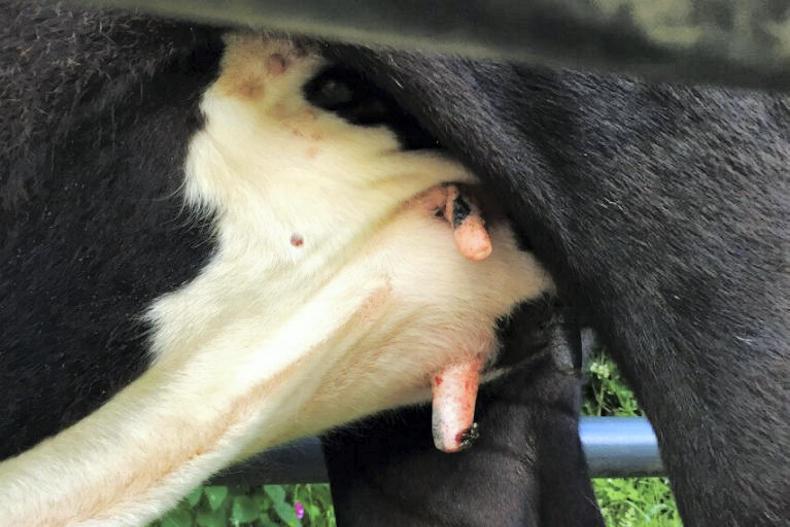
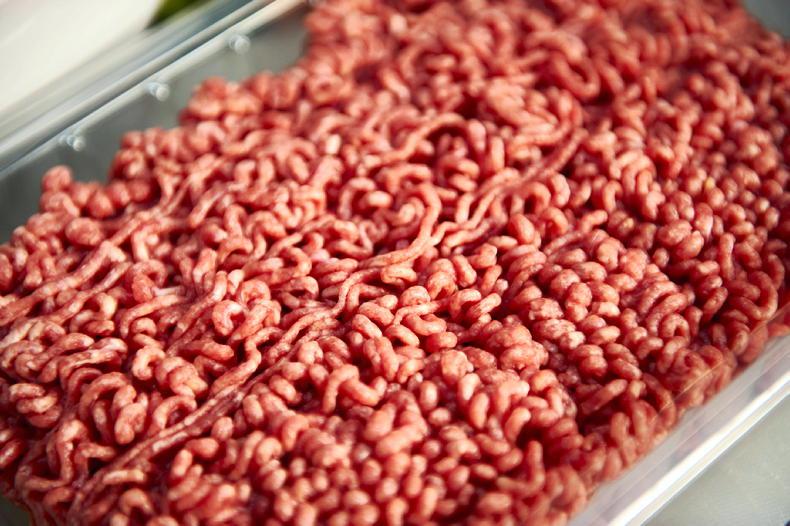

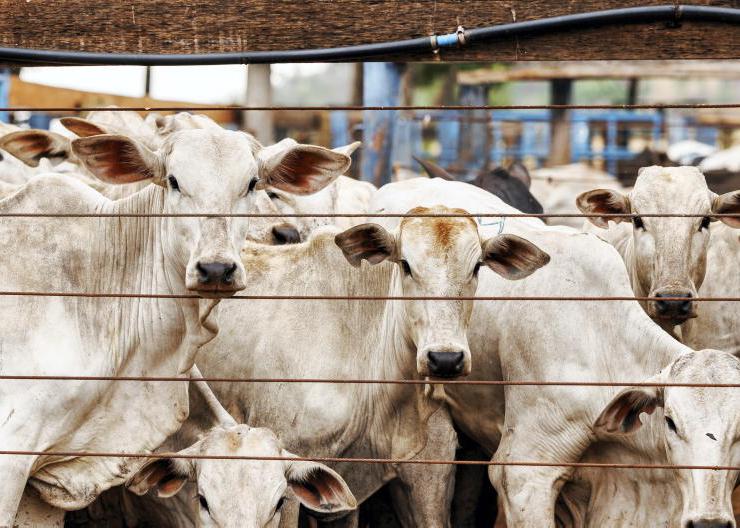
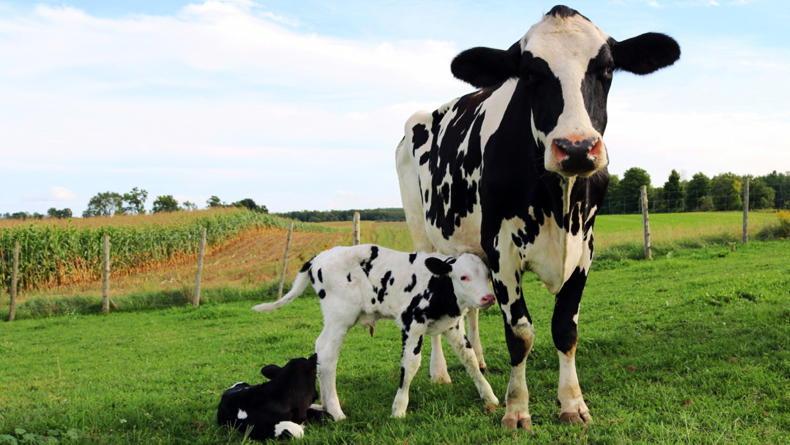
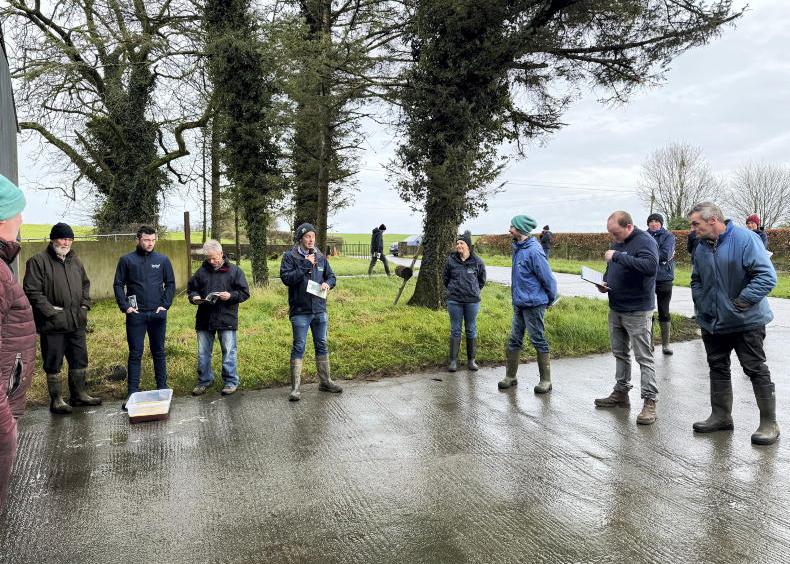
SHARING OPTIONS